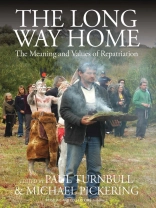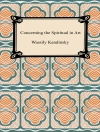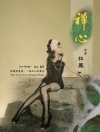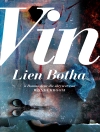Indigenous peoples have long sought the return of ancestral human remains and associated artifacts from western museums and scientific institutions. Since the late 1970s their efforts have led museum curators and researchers to re-evaluate their practices and policies in respect to the scientific uses of human remains. New partnerships have been established between cultural and scientific institutions and indigenous communities. Human remains and culturally significant objects have been returned to the care of indigenous communities, although the fate of bones and burial artifacts in numerous collections remains unresolved and, in some instances, the subject of controversy. In this book, leading researchers from a wide range of disciplines in the humanities and social sciences reflect critically on the historical, cultural, ethical and scientific dimensions of repatriation. Through various case studies they consider the impact of repatriation: what have been the benefits, and in what ways has repatriation given rise to new problems for indigenous people, scientists and museum personnel. It features chapters by indigenous knowledge custodians, who reflect upon recent debates and interaction between indigenous people and researchers in disciplines with direct interests in the continued scientific preservation of human remains.
In this book, leading researchers from a wide range of disciplines in the humanities and social sciences reflect critically on the historical, cultural, ethical and scientific dimensions of repatriation. Through various case studies they consider the impact of repatriation: what have been the benefits, and in what ways has repatriation given rise to new problems for indigenous people, scientists and museum personnel. It features chapters by indigenous knowledge custodians, who reflect upon recent debates and interaction between indigenous people and researchers in disciplines with direct interests in the continued scientific preservation of human remains.
Tabela de Conteúdo
Acknowledgements
Introduction
Paul Turnbull
PART I: ANCESTORS, NOT SPECIMENS
Chapter 1. The Meanings and Values of Repatriation
Henry Atkinson
Chapter 2. Repatriating Our Ancestors: Who Will Speak for the Dead?
Franchesca Cubillo
PART II: REPATRIATION IN LAW AND POLICY
Chapter 3. Museums, Ethics and Human Remains in England: Recent Developments and Implications for the Future
Liz Bell
Chapter 4. Legal Impediments to the Repatriation of Cultural Objects to Indigenous Peoples
Kathryn Whitby-Last
Chapter 5. Parks Canada’s Policies that Guide the Repatriation of Human Remains and Objects
Virginia Myles
PART III: THE ETHICS AND CULTURAL IMPLICATIONS OF REPATRIATION
Chapter 6. What Might an Anthropology of Cultural Property Look Like?
Martin Skrydstrup
Chapter 7. Repatriation and the Concept of Inalienable Possession
Elizabeth Burns Coleman
Chapter 8. Consigned to Oblivion: People and Things Forgotten in the Creation of Australia
John Morton
PART IV: REPATRIATION AND THE HISTORY OF SCIENTIFIC COLLECTING OF INDIGENOUS REMAINS
Chapter 9. The Vermillion Accord and the Significance of the History of the Scientific Procurement and Use of Indigenous Australian Bodily Remains
Paul Turnbull
Chapter 10. Eric Mjöberg and the Rhetorics of Human Remains
Claes Hallgren
PART V: MUSEUMS, INDIGENOUS PEOPLES AND REPATRIATION
Chapter 11. Scientific Knowledge and Rights in Skeletal Remains – Dilemmas in the Curation of ‘Other’ People’s Bones
Howard Morphy
Chapter 12. Despatches From The Front Line? Museum Experiences in Applied Repatriation
Michael Pickering
Chapter 13. ‘You Keep It – We are Christians Here’: Repatriation of the Secret Sacred Where Indigenous World-views Have Changed
Kim Akerman
Chapter 14. The First ‘Stolen Generations’: Repatriation and Reburial in Ngarrindjeri Ruwe (country)
Steve Hemming and Chris Wilson
Notes on Contributors
References
Index
Sobre o autor
Michael Pickering is the Head of the Aboriginal and Torres Strait Islander Program at the National Museum of Australia and has directed the Museum’s repatriation program for the past nine years. His research interests and publications include studies on material culture, cannibalism, hunter-gatherer archaeology and anthropology, heritage management, and repatriation.












